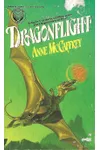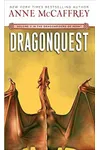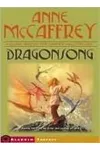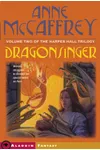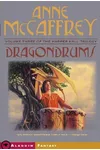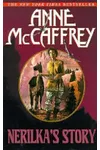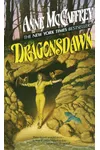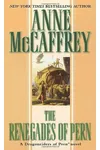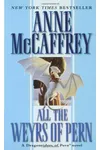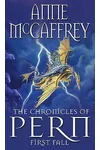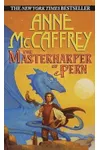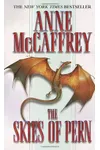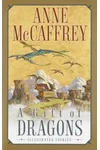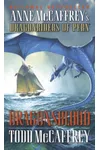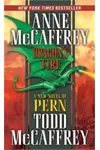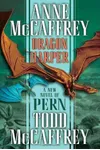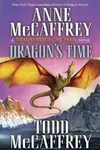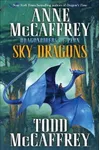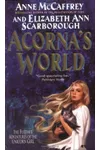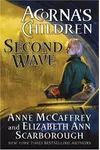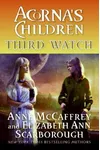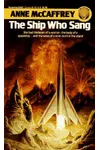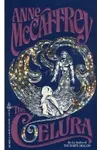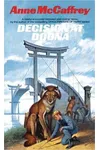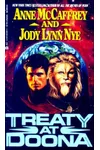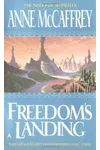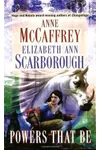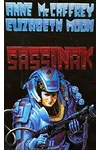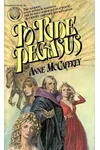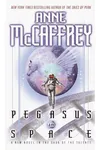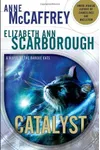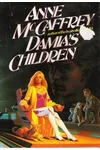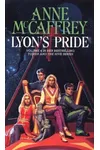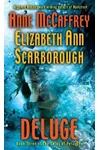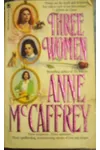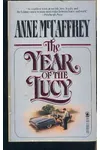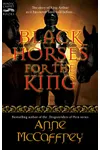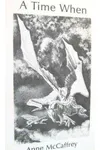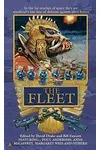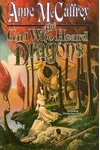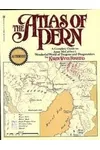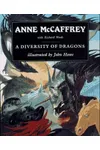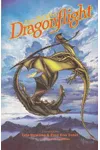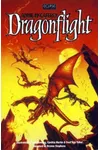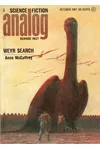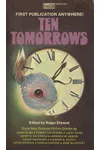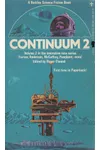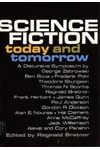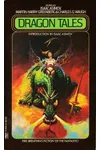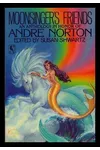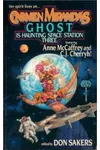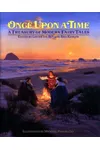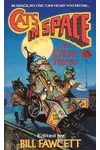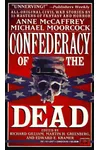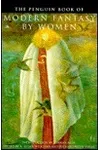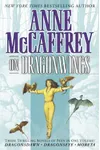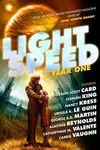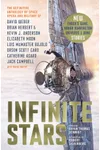Picture an American storyteller who tamed dragons and wove worlds of wonder—meet Anne McCaffrey! Best known for her Dragonriders of Pern series, she was the first woman to win both Hugo and Nebula awards, blending science fiction and fantasy with heart and grit. Her tales of telepathic dragons and resilient heroes still ignite imaginations worldwide.
Born in 1926, McCaffrey’s journey from a curious reader to a trailblazing author is as inspiring as her stories. With a knack for creating vivid characters and intricate societies, she carved a unique path in speculative fiction, proving women could soar in a male-dominated genre.
The Making of Anne McCaffrey
Anne Inez McCaffrey was born on April 1, 1926, in Cambridge, Massachusetts. Growing up in a book-loving family, she devoured science fiction and fantasy, fueling her dreams of storytelling. After studying at Radcliffe College and dabbling in theater, she married and raised three children, but her passion for writing never waned. In the 1960s, she began publishing short stories, with her first novel, Restoree (1967), showcasing her flair for strong heroines and unconventional narratives.
Influenced by authors like Robert A. Heinlein and her own experiences as a woman navigating a changing world, McCaffrey’s early work challenged genre norms. Her determination to write authentic, relatable characters set the stage for her groundbreaking Pern series.
Anne McCaffrey’s Unforgettable Stories
McCaffrey’s Dragonriders of Pern series, starting with Dragonflight (1968), is her crowning achievement. Set on the planet Pern, where humans bond telepathically with dragons to fight a deadly spore called Thread, the series blends science fiction’s rigor with fantasy’s heart. Dragonflight introduced Lessa, a fierce heroine whose bond with her dragon, Ramoth, redefined epic storytelling.
Other Pern gems include The White Dragon (1978), which follows Jaxom and his unique dragon, Ruth, and Dragonsong (1976), a lyrical tale of Menolly, a young musician defying societal norms. Beyond Pern, McCaffrey’s The Ship Who Sang (1969) explores artificial intelligence and human connection through Helva, a cyborg starship with a soul. Her style—rich with emotional depth, vivid world-building, and themes of resilience and community—made her worlds feel alive.
McCaffrey’s ability to craft strong, nuanced female characters was revolutionary. Her stories tackled gender roles, leadership, and survival, wrapped in accessible prose that welcomed readers of all ages. Her 20+ Pern novels and dozens of other works cemented her as a genre titan.
Why Anne McCaffrey Matters
Anne McCaffrey shattered barriers, paving the way for women in speculative fiction. Her Hugo (1968) and Nebula (1969) wins for Pern novellas marked historic firsts, and her 2005 induction into the Science Fiction Hall of Fame and 2006 Grand Master title reflect her enduring influence. Fans and writers, from Brandon Sanderson to modern fantasy authors, cite her as an inspiration for blending genres and centering human stories.
Her legacy lives in Pern’s dragons, which symbolize hope and partnership, and in her message that anyone—man, woman, or dragon—can rise to meet their destiny. McCaffrey passed in 2011, but her stories continue to spark wonder, connecting readers across generations.
About Anne McCaffrey
- Born: April 1, 1926, Cambridge, Massachusetts
- Key Works: Dragonflight, The White Dragon, The Ship Who Sang
- Awards: Hugo (1968), Nebula (1969), SFWA Grand Master (2006)
- Died: November 21, 2011, Ireland
Ready to soar with dragons? Snag Dragonflight and dive into Anne McCaffrey’s spellbinding world of science fantasy!
